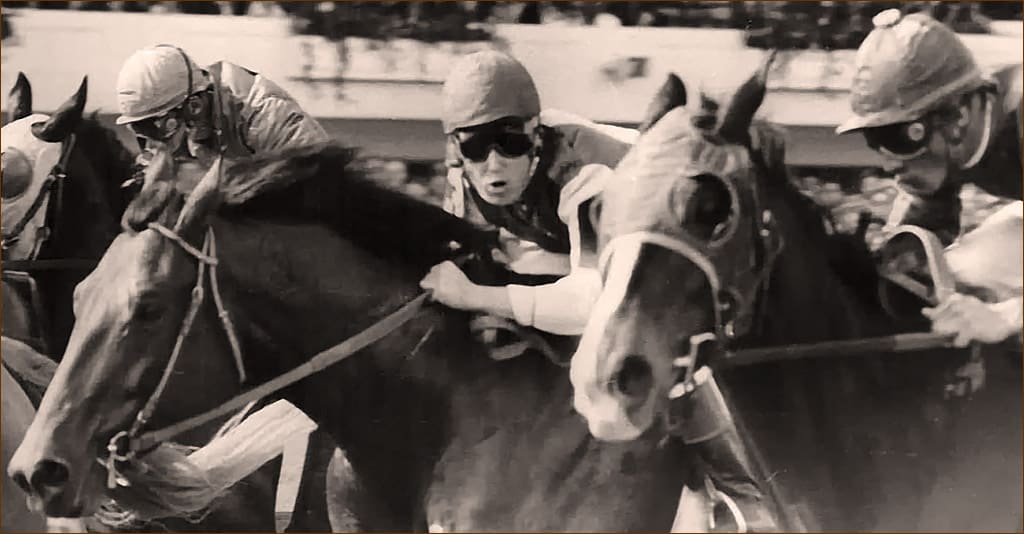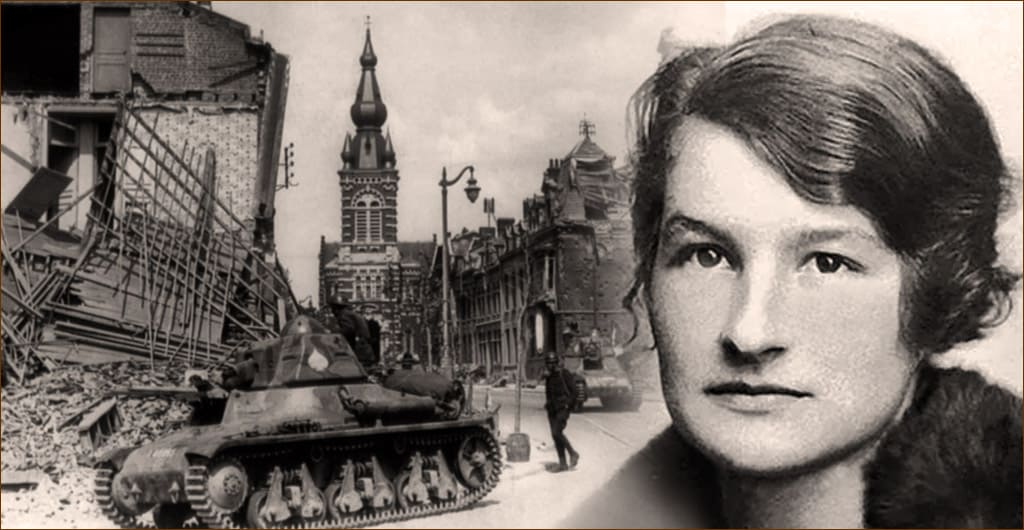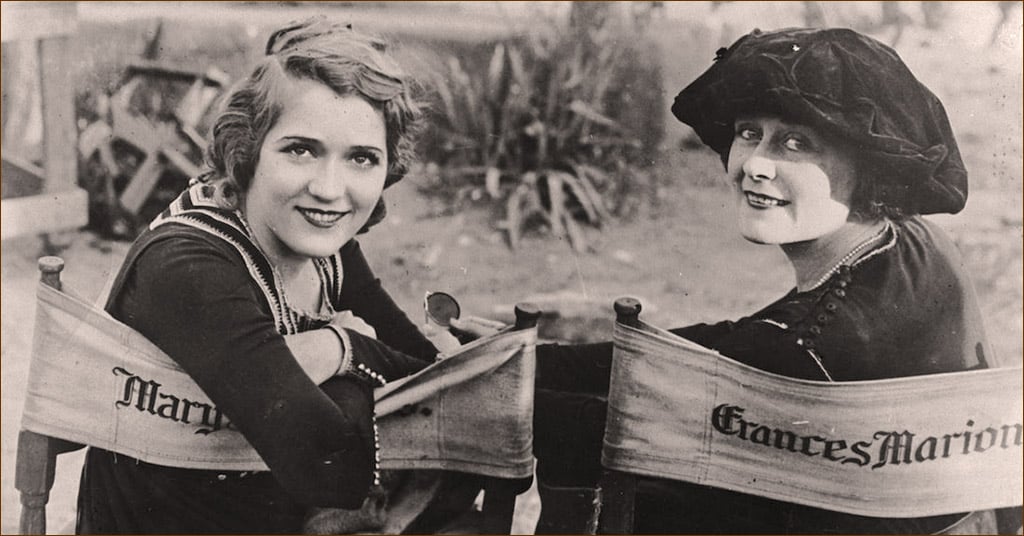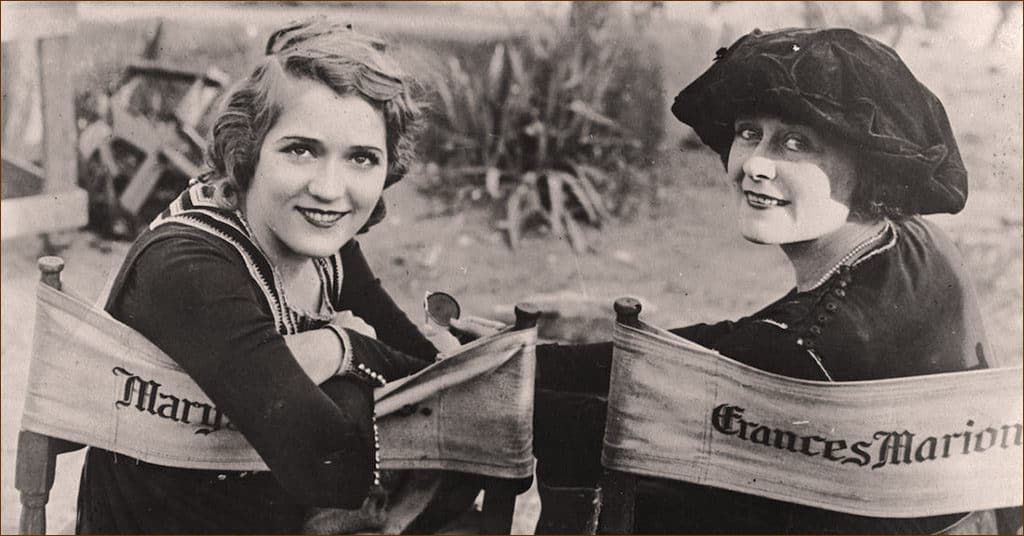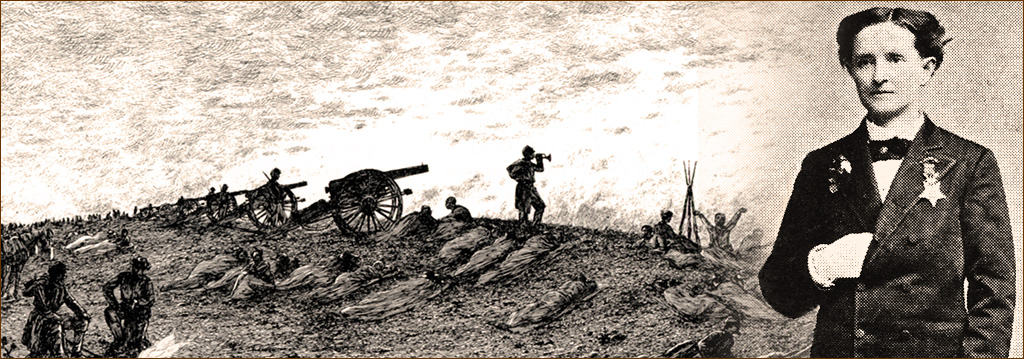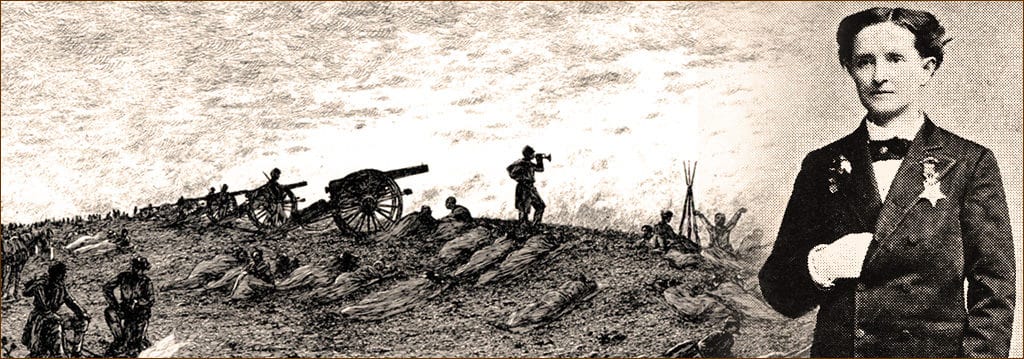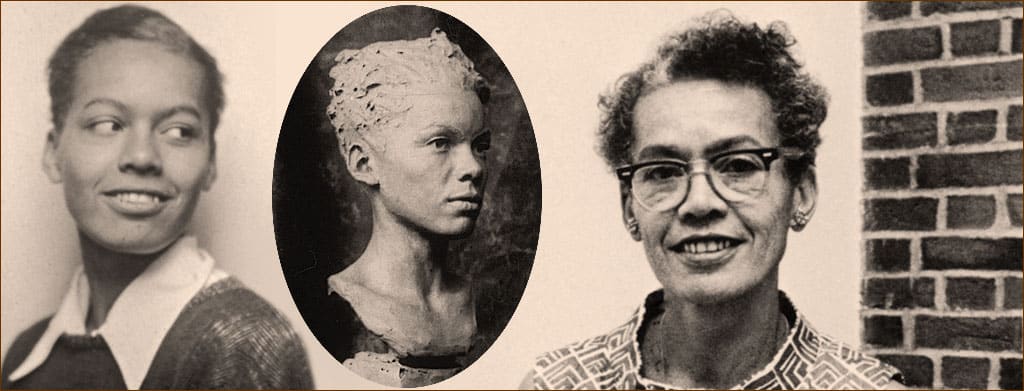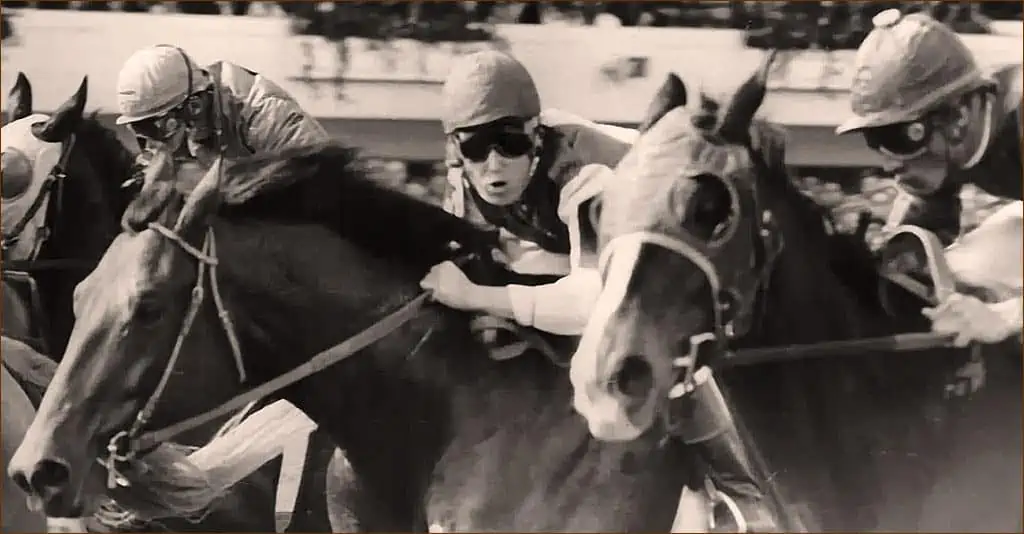
Until the 1960s, gender discrimination was a proud fact of life in the male-only world of thoroughbred horse racing in the United States. Females could not be licensed as jockeys. But a gutsy, 5-foot tall, 104 pound slip of a woman named Diane Crump changed all that at Florida’s Hialeah Park in 1969.
Continue reading “Diane Crump: Horse-Crazy Girl Who Revolutionized Thoroughbred Racing”

